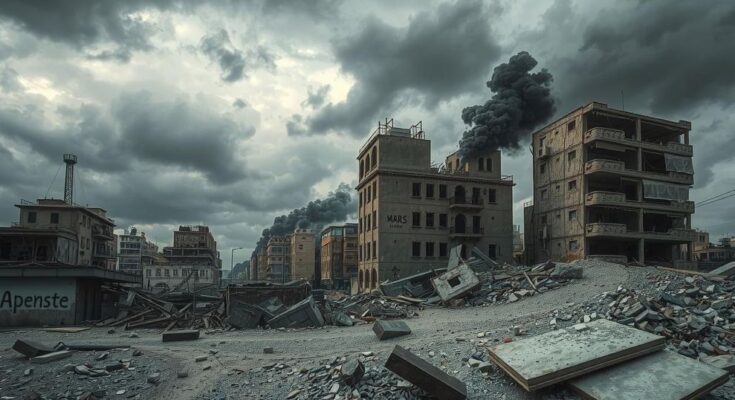This article examines competing proposals for postwar governance in Gaza, focusing on plans put forth by President Trump, Israeli leader Yair Lapid, and Egypt. Each plan presents unique challenges and demonstrates the complexities associated with ending hostilities and establishing a stable governing authority in the region.
The question of who will govern Gaza after the current conflict is critical for establishing a lasting cease-fire and achieving peace. President Donald Trump, Israeli opposition leader Yair Lapid, and Egypt have proposed differing governance plans since the cease-fire commenced. The acceptance of a feasible governance structure that claims the support of both Israel and Hamas is vital to preventing further violence.
President Trump’s plan entails relocating Palestinians to Jordan and Egypt, envisioning Gaza as a prosperous area under U.S. management. His proposal includes the possibility of U.S. military involvement but has faced rejection from Palestinian leadership and Arab allies due to concerns over human rights violations and implications for Palestinian statehood.
Lapid’s proposal suggests Egypt taking charge of Gaza’s civil administration for a transition period. His plan includes demilitarizing Gaza and paving the way for its ultimate self-governance, with significant debt relief provided to Egypt as an incentive. However, Egypt has openly criticized this scheme as “unacceptable,” rendering it ineffective.
Egypt’s own reconstruction plan, supported by Arab nations, calls for a $53 billion initiative to rebuild Gaza over five years, beginning with debris clearance and transitioning to infrastructure construction. This plan advocates for a temporary technocratic administration and continuation of housing for current residents. However, it has faced criticism due to lacking language on disarming militant groups and concerns about the Palestinian Authority’s legitimacy.
All proposed plans face the larger challenge of maintaining a cease-fire in Gaza, with fears mounting that renewed hostilities could derail them entirely. Israel’s refusal to allow aid into Gaza further complicates the landscape as it pressures Hamas, who has been warned against immediate repercussions should they not comply with U.S. and Israeli demands. The presence and influence of Hamas remain a significant hindrance to effective governance and reconstruction efforts.
In addition, ongoing Israeli military operations in the occupied West Bank exacerbate tensions, fostering skepticism regarding any potential resolution. The imbroglio highlights the uncertain future of governance in Gaza as various international and regional players maneuver for influence amidst the chaotic aftermath of war.
The future governance of Gaza remains precarious, hinging upon the acceptance of varied proposals from President Trump, Yair Lapid, and Egypt. Each plan carries significant hurdles, ranging from regional rejection to broader issues surrounding the legitimacy of power-sharing with Hamas and the Palestinian Authority. The continuation of a cease-fire seems essential for any governance structure to be realized, though current hostilities pose a threat to these prospects. The intricate dynamics between local and international stakeholders amplify the complexity of reaching an enduring peace.
Original Source: foreignpolicy.com



